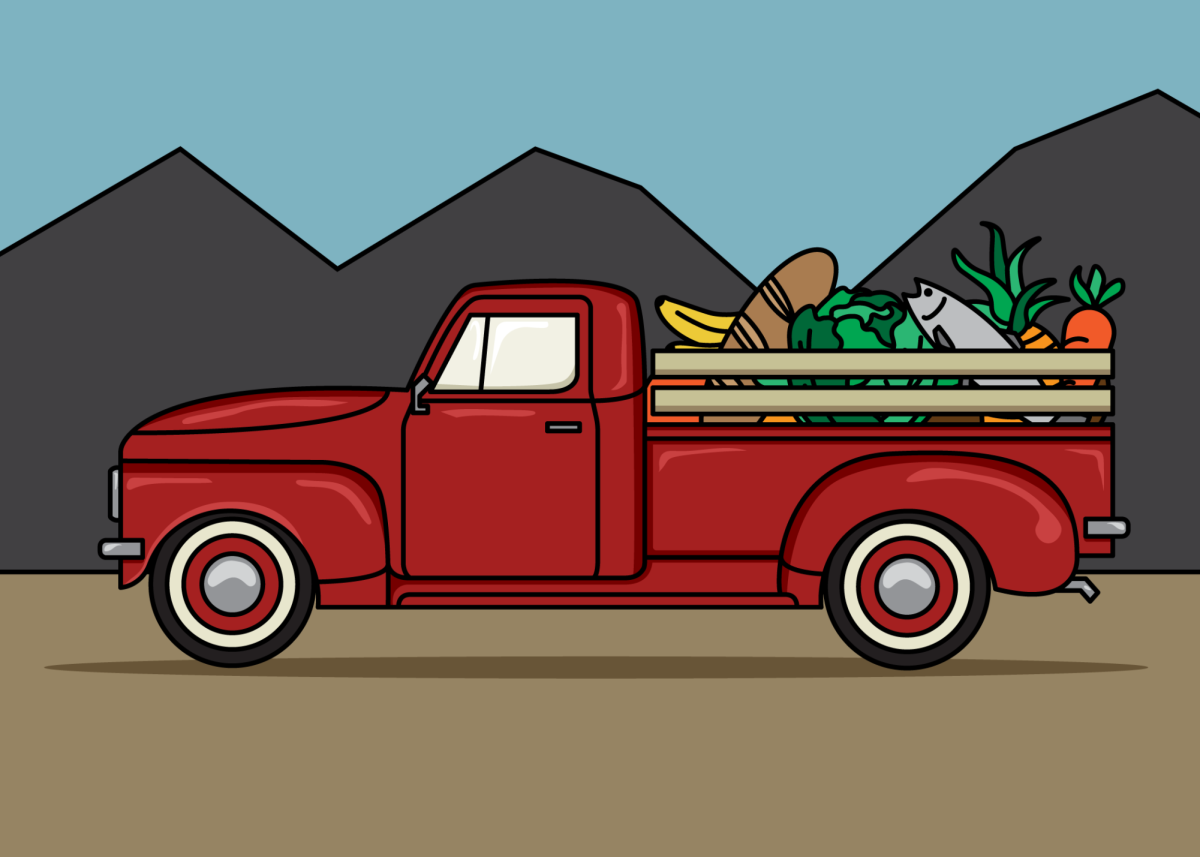In the spirit of the season, I was feeling thankful one day for my ability to climb stairs on my way to and from class. Less than a minute after I had this thought, I saw a man on crutches.
“Well, that’s ironic,” I thought.
I continued to my next class, and saw one more man on crutches and one in a motorized wheelchair. A couple dozen stairs later, it hit me how thankful I should be to be able to navigate campus and get to class in a timely manner.
Accessibility on campus for those with mobility disabilities, whether they are temporary or permanent, is lacking. It doesn’t help that the U is built on a mountainside, creating a giant slope down toward Presidents’ Circle.
Not much can be done to change that problem, short of leveling the entire campus. However, many accessibility problems can be found indoors as well.
Buildings constructed before 1996 are not held accountable for their accessibility blunders. The Americans with Disabilities Act of 1996 enforced accessibility for new buildings. Older buildings must comply with ADA standards as soon as even a slight renovation is made on the building.
Yet there are still places on campus where a person in a wheelchair cannot go.
Patrick Tripeny, director of the School of Architecture, has his students learn this firsthand before they are out in the world as architects. His students travel around campus by wheelchair for at least an afternoon.
“The students will soon be architects, and I think they learned more about accessibility in that afternoon than they had by learning the ADA standards in class,” Tripeny said. “I believe that they will look at accessibility issues in their designs differently now.”
One student in a motorized wheelchair got stuck in a bathroom that didn’t give enough space to turn around. She had to get out of her chair to exit the bathroom. This is one area Tripeny said the university can improve on. The restroom facilities found throughout campus are in need of renovation anyway, but it is hard to find donors to fund projects such as this.
I decided to try Tripeny’s experiment out myself, swapping a wheelchair for crutches. Director of Disability Services Scott McAward said navigating campus for someone like myself who is unskilled at getting around without the use of one or both legs is particularly challenging.
Not only was I grappling with the awkwardness of crutches, but I was often left facing a formidable staircase. The third floor of the Union is completely out of reach for those unable to scale stairs. I was also surprised to find the door to Disability Services shut with no button to open it. If I had been in a wheelchair, I would have been stuck between the two sets of doors in the Student Services Building because the first had a button to open it, but the second didn’t.
Union Director Whit Hollis said options are being looked at for the third floor of the Union but did not specify what the options were. Meeting locations are changed when an accessibility problem arises, he said.
The swapping of rooms is a common accommodation for people with disabilities, but changing classrooms requires planning. Those who suddenly find themselves unable to move as freely as they once did will struggle to get around campus since it isn’t possible to plan for the unexpected.
Someone with a disability may register with the Center for Disability Services, and at that time, be oriented with the places on campus that will present a challenge. It also provides accessibility maps on its Web site that highlight routes that are inaccessible.
These are routes that are known to be inaccessible every day, but McAward said the construction around campus often makes paths unexpectedly inaccessible.
I only spent a day on crutches, but it was enough to see how much of a struggle getting around campus is for those with a mobility disability. With proper encouragement and some empathy, the U can be accessible to all.

Anne Roper
 Willus Branham
Willus Branham











